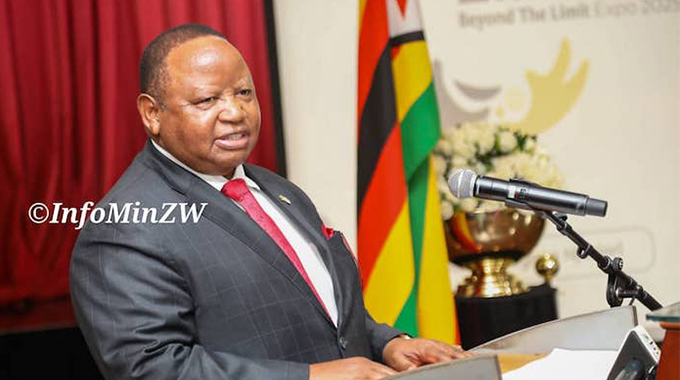Leather sector seeks to exploit goat, sheep skins

Canditar Chapanduka, Business Reporter
ZIMBABWE leather sector has potential to peak above 75 percent capacity utilisation as it plans to aggressively expand the value chain by exploiting goat and sheep skins, Zimbabwe Leather Development Council secretary, Mr Jacob Nyathi has said.
Speaking during a value chain review workshop on Wednesday, Mr Nyathi said capacity utilisation within the leather sector is hovering around 20 to 30 percent and there is room for upscaling.
That opportunity is presented by abundance of goats and sheep in the country.
“Our dream is to move capacity utilisation up to 75 percent but gradually. The idea is to have reached 40 percent up to the year 2025 and proceed to 75 percent,” said Mr Nyathi.
“In the country we have about 4,5 million goats and about half-a-million sheep that can be of value to the leather sector,” he said.
“We actually have an opportunity if as a sector we can organise ourselves in terms of mobilising the goats and the sheep skins so that they reach the value addition channel through the collection, tuning and product manufacturing leather products because there are very suitable skins,” he added.

Goats
However, he said the draw back in increasing capacity utilisation was on lack of modern machinery, finance and general infrastructure for value chain development.
The sector occupies an important place in the Zimbabwean economy in view of its potential for higher employment, growth, and value-added exports.
Vision 2030 calls for the transformation of the country to attain middle-income status by the year 2030 and the leather sector is among the key sectors earmarked for transformation.
Speaking at the same event, Permanent Secretary in the Ministry of Industry and Commerce, Dr Mavis Sibanda said the Government will continue to render its support towards strengthening value chains through the import management programme.
The programme is aiming at supporting local industries to build production capacity and be more competitive in readiness to participate in regional, continental, and global value chains.
She said through the International Monetary Fund (IMF) Special Drawing Rights (SDRs) facility, Government has availed funding under the Retooling For New Equipment and Replacement for Value Chain Revolving Fund.
“The support is currently being extended to cotton, leather, pharmaceutical, fertiliser and other agro-processing value chains.
“These funds are aimed at supporting retooling within selected value chains to increase production for both local and export markets.”
The leather sector expects to derive maximum benefit from the US$5 million value chain retooling package allocated to them by the Treasury using resources under the International Monetary Fund (IMF) Special Drawing Rights (SDRs).
Zimbabwe was allocated SDR677 million (US$958 million equivalent) by the International Monetary Fund (IMF), which is part of the SDR’s General allocation of US$650 billion that was released in 2021.
It is from these resources that the Treasury channelled part of the funds towards supporting key economic sectors such as horticulture, industry retooling, tourism, and smallholder farming irrigation systems.
A total of US$80 million has been set aside for productive sector funding and the Government has invited local businesses to start accessing the money to boost the country’s economy.












Comments